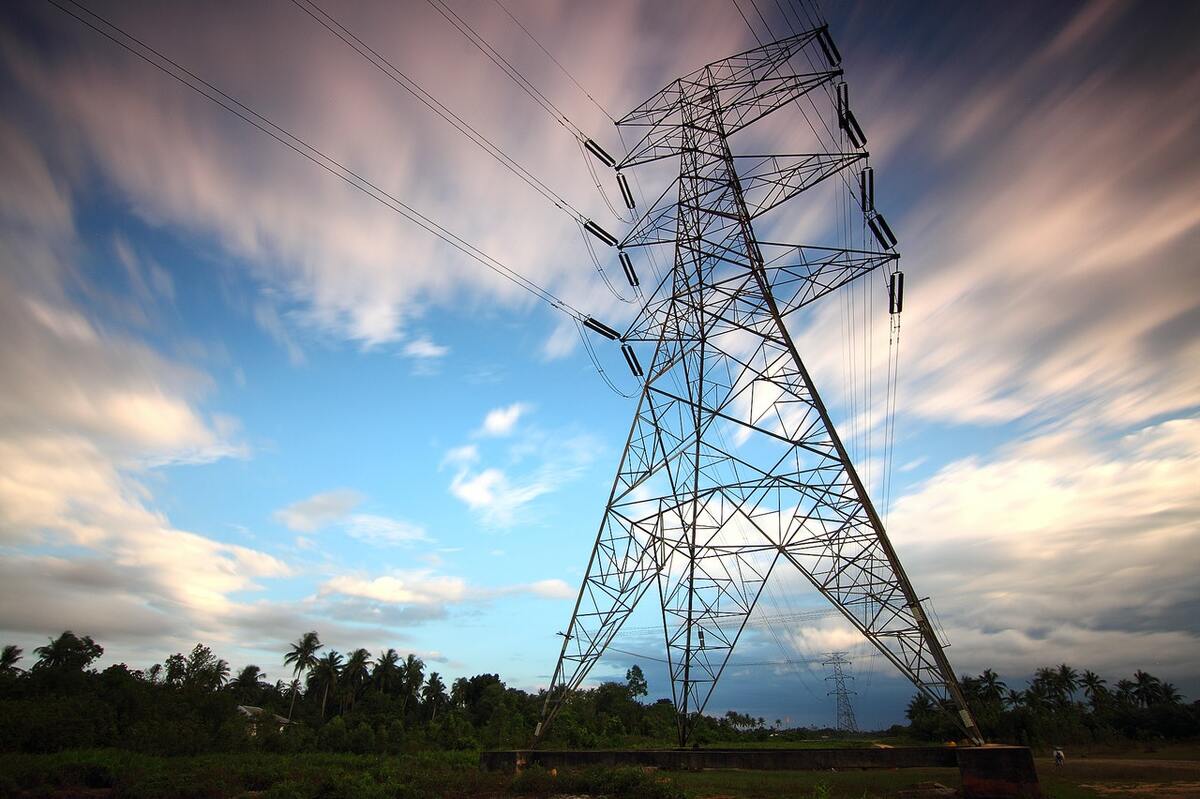Electrification Challenges for the Construction Industry

As more regions regulate carbon emissions, consumers search for sustainability-enhancing practices. One piece of the puzzle is transitioning away from natural gas and toward power sources with a lighter carbon footprint.
Increasing the eco-friendliness of construction practices and structures could help various countries achieve their carbon-neutrality goal. For industry professionals, electrifying processes — from machinery to buildings — could become a viable alternative to diesel fuel.
What Is Electrification and Why Does It Matter?
Builders plan on using electrification to reduce their environmental impacts. The process transitions devices, systems and individuals’ energy reliance away from fossil fuels toward electricity. Electrification eliminates tailpipe emissions, reducing atmospheric degradation.
Eliminating one’s fossil fuel use is essential to climate change prevention. During combustion, gasoline, diesel and other “dirty” fuel sources create greenhouse gas emissions. When they invade the atmosphere, they change Earth’s temperature control process.
Naturally, the atmosphere takes in solar radiation, creates heat, warms Earth’s surface, reabsorbs unnecessary energy and sends it to space. Emissions alter the process, increasing the sunlight-to-heat exchange rate. They also trap excess energy in the environment, which raises the global temperature over time.
The global ecosystem is harmed as the planet warms. It causes a ripple effect of destruction, depleting essential resources and increasing endangerment. Construction professionals can prevent ecological degradation and improve their sustainability by transitioning away from gas-powered machines.
The Construction Industry’s Adaptability Challenges
Adopting sustainable construction practices comes with its challenges. Purchasing new electric machines and tools requires high upfront costs and additional funds for the battery and charger.
Currently, gas-powered machinery costs significantly less because it doesn’t rely on newer technologies. Individuals can also access cost-effective machines by purchasing used versions. Electric construction technology is relatively new, limiting the number of used devices on the market — a reality many hope will change as the market expands.
In the meantime, there’s business appeal to electrifying machinery. Though electric devices have steep upfront costs, they pay off over time. They increase a building company’s appeal to eco-consumers, improving general business. Additionally, they reduce fuel costs and help owners save money on construction operations.
Another challenge is resistance to change. Many more experienced workers fear change because of its ties to status depletion or credibility loss. If they have trouble operating electric machinery, they may worry for their career options. Employers can prevent the adaptability challenge by developing thorough and effective training programs.
Another challenge of electrifying the construction industry is the availability of power sources. Many companies opt for gas-powered machines for their convenience because electricity is usually unavailable on ground-up building sites. Professionals can reduce the obstacle by charging their devices before beginning work or investing in a solar generator.
Solar generators create electricity off the grid from sunlight. They can charge a portion of a machine’s battery, helping it function throughout a shift. Additionally, the generators require little maintenance, which increases their efficiency.
Though transitioning away from gas-powered construction machinery is challenging, it pays off over time. When businesses connect their practices to their customers’ values, they may enhance their profitability. Companies can additionally increase their eco-consumer appeal by constructing electric buildings.
Buildings’ Adaptability Challenges
Professionals also face challenges when transitioning a building’s energy reliance from fossil fuels to electricity. In many regions, electricity is more expensive than gas, leading homeowners to opt for emission-generating appliances. Thankfully, there are methods of decreasing electric utility costs, helping construction professionals increase the building industry’s sustainability.
Adding solar panels to a building can eliminate all or a portion of a resident’s energy costs. Solar is currently the most cost-effective power source on the market. Like electric machines, panels require upfront expenses that pay off over time.
Builders can also increase a building’s energy efficiency to reduce electricity costs. Constructing an effective building envelope can significantly reduce heat and air conditioning-related power waste. Sealing cracks in walls and foundations may improve a structure’s sustainability.
Professionals can also install energy-efficient appliances, decreasing the stress on and unnecessary waste of the electricity supply. They may use smart thermostats to improve the efficiency of an electric heating, ventilation and air conditioning (HVAC) system. These devices access real-time weather readings, adjusting indoor temperatures to limit electricity usage.
They also use motion detection sensors to turn a system off when a building is vacant. Over time, electrified buildings with energy-efficient support can significantly reduce utility costs. Builders can also increase their profitability by constructing sustainable structures.
Electrifying the Construction Industry
Professionals can adopt sustainable practices over time rather than eliminating all related emissions overnight. They may start by creating more Leadership in Energy and Environmental Design (LEED) certified buildings or switching out a few machines for electric versions.
Over time, the market will become more cost-effective, increasing professionals’ access to sustainable building practices and appliances.



